By Crystal Kupper
Even as overall abortion rates have declined in the United States, one specific abortion method has steadily grown in usage: medication abortion. Also known as RU-486, the abortion pill, or mifepristone, this two-drug regimen first blocks progesterone which causes the lining of the mother’s uterus to break down, cutting off blood and nourishment to the baby, who then dies inside the mother’s womb. The second drug then induces labor to expel the baby’s body from the womb.
First introduced in France in 1987, RU-486 received approval from the U.S. Food & Drug Administration (FDA) in September 2000. Hailed as convenient and private, doctors typically prescribe RU-486 up to 10 weeks after the mother’s last menstrual cycle.
The attraction for abortion clinics is obvious: pills are easy to dispense (even remotely in many states, including Oregon), far less work than hands-on surgical abortions — and big moneymakers. According to Planned Parenthood’s website, medication abortion “can cost up to around $1000, but is often less.” Approximately one-third of American abortions are medication abortions. Planned Parenthood alone performed 345,672 total abortions according to its 2019 report, adding millions to its coffers.
RU-486 has experienced a steady increase of usage among American women. In 2001, Guttmacher, formerly Planned Parenthood’s research arm, reported six percent of abortions were chemically induced. By 2011, the abortion pill accounted for 23 percent of all abortions in America. Today, as previously mentioned, it accounts for one-third of all abortions.
Many media outlets including Teen Vogue and Cosmopolitan have gushed their praise of medication abortion, but it is not without its physical consequences for both mother and child. According to a spring 2019 FDA report, the death of 24 women can be “associated with” RU-486, along with more than 4200 “adverse events” like hospitalizations and injuries. Given its “take the pill and go home” nature, it naturally follows that when complications arise (like hemorrhaging), medical personnel are not present to handle them — and patients suffer the consequences.
Thankfully, a group of physicians pioneered a technique called Abortion Pill Reversal (APR). Used by doctors across the U.S. since 2006, APR can help save an unborn baby whose mother has taken the first abortion pill. Studies show that it has a 64 to 68 percent success rate, translating into over 100 living babies, according to Dr. George Delgado, an APR founder.
“There have been negative reactions from those who seem to have an agenda and can’t seem to imagine that a woman might change her mind after taking mifepristone…[but] many are relieved to know they have a second chance,” Dr. Delgado says.




